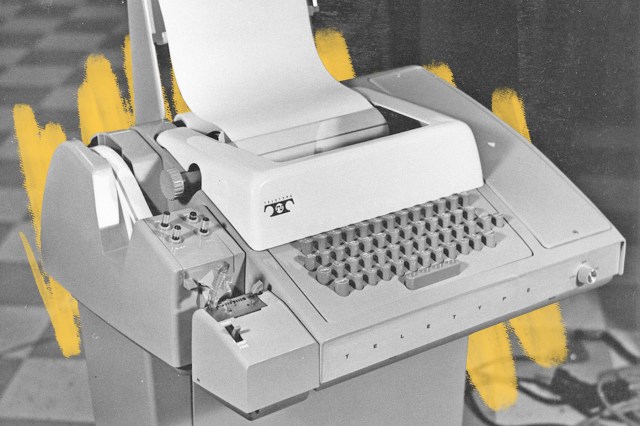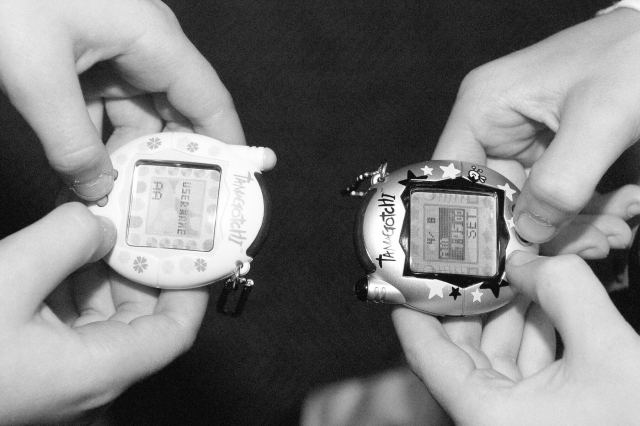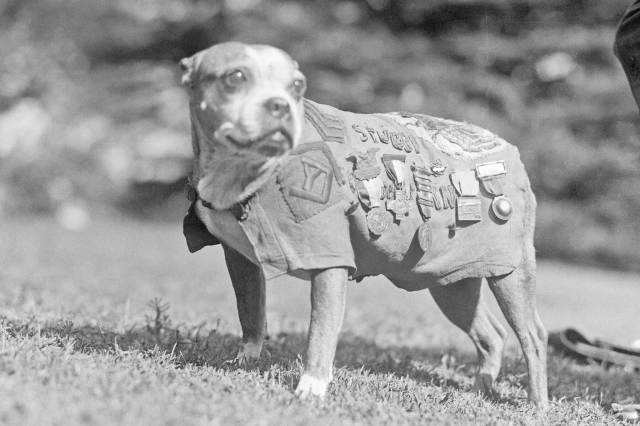 |
The President never had a red telephone during the Cold War. |
World History |
 |
| |
| All of this came about as a result of the Cuban missile crisis, a 13-day conflict widely considered the closest America and the Soviet Union ever came to starting a nuclear war — in part because of simple miscommunication. In order to reduce the risk of such a thing happening again, negotiators representing the two nations wrote a memo titled "Regarding the Establishment of a Direct Communications Link," and signed it on June 20, 1963. As for how the image of a red phone entered our collective imagination in the first place, you can thank pop culture in general and Stanley Kubrick's Dr. Strangelove or: How I Learned To Stop Worrying and Love the Bomb in particular. The red phone has appeared in many a spy novel, as well as a crucial scene in Kubrick's Cold War satire. | |
 | |
 | |||||||||
By the Numbers | |||||||||
| |||||||||
| |||||||||
 | |||||||||
| |||||||||
George Orwell coined the term "Cold War." | |||||||||
| Though it had been used before in other contexts, the term "Cold War" was first used in relation to the post-World War II nuclear threat by writer George Orwell. The 1984 and Animal Farm author wrote his essay "You and the Atom Bomb" in October 1945, just months after the United States dropped nuclear weapons on Hiroshima and Nagasaki, warning of a world "which was at once unconquerable and in a permanent state of 'cold war' with its neighbors." As tended to be the case with Orwell, this prediction proved especially prescient. The term was further popularized by Walter Lippmann's 1947 book The Cold War, and has been common parlance ever since. | |||||||||
 | |||
Recommended Reading | |||
 | |||
| | |||
 | |||
| | |||
| + Load more | |||
| |||||||||
| 700 N Colorado Blvd, #513, Denver, CO 80206 | |||||||||
|





No comments:
Post a Comment